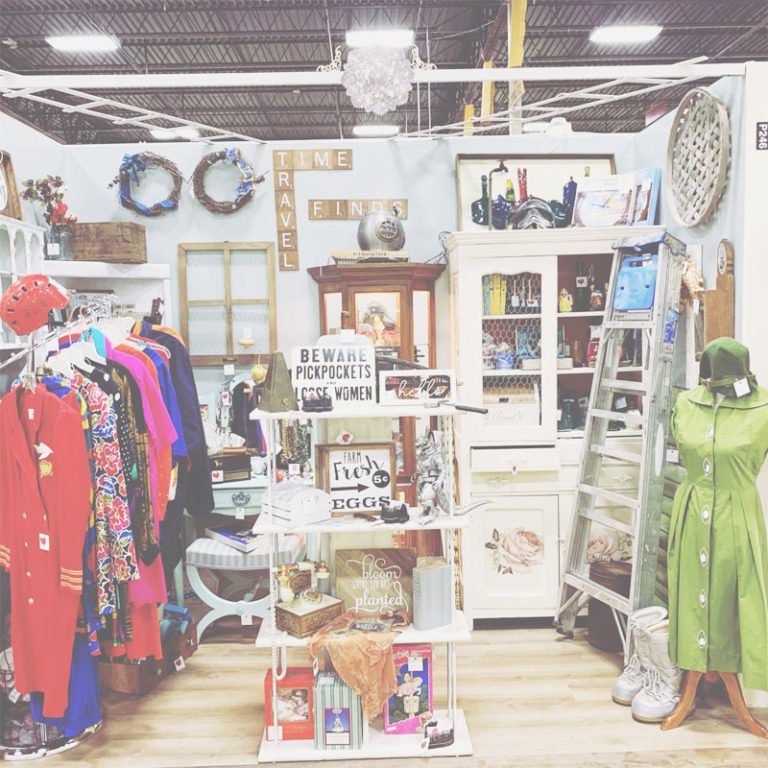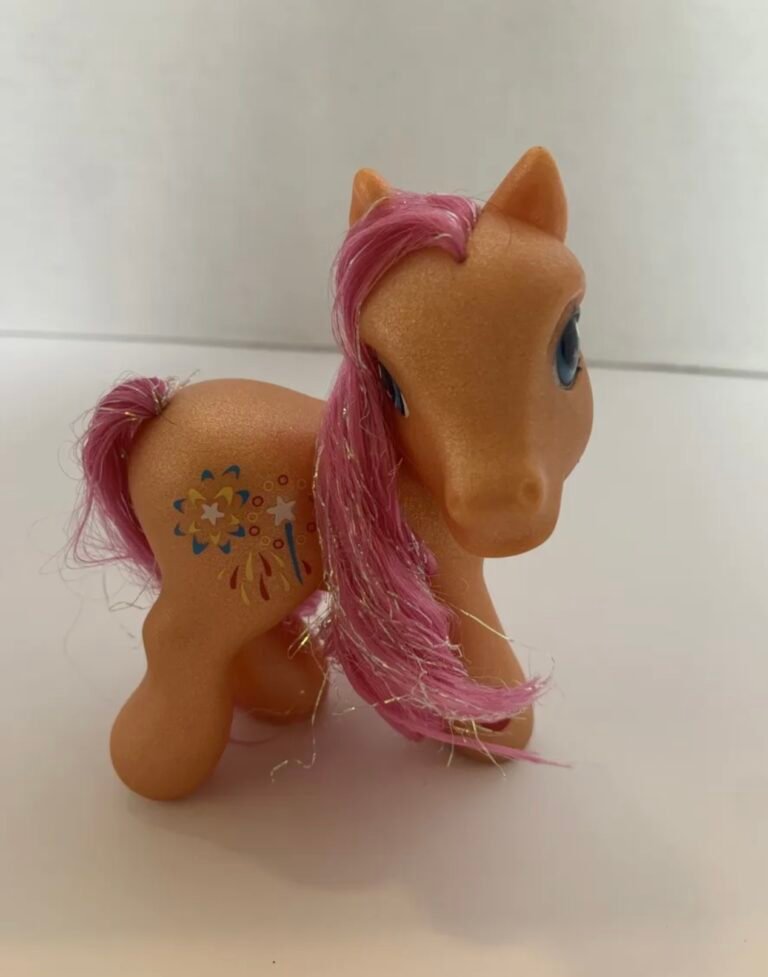You may have heard people talk about reselling as a side hustle, a weekend gig or something you do with your friends. But, what does that really mean? Reselling is buying products in bulk from one source and selling them to other businesses or consumers. The goods can be anything from electronics to handbags, toys, cosmetics or apparel. There are many wholesalers and distributors that sell goods directly to resellers.
Becoming a reseller requires some upfront capital for inventory and startup costs before you see a return on your investment. But, if you’re willing to put in the time with research and preparation — and have the cash to invest — there’s lots of potential for profits in this type of business.

How to become a reseller
You can resell online or at a physical store. If you sell online, you might use Shopify or an eCommerce platform to sell your products. If you plan to sell in person, you may want to start by renting or finding a location for a retail storefront. You can also take your goods to trade shows and conventions to sell them face-to-face. If you’re interested in becoming a wholesaler or distributor, you’ll need to apply for a wholesaler’s license. You can start by Googling the name of your state and “wholesale” or “distributor.” You can also talk to your state’s retail licensing or sales tax department to find out what you need to do to get a wholesaler’s license.
Importing vs. reselling
While reselling goods is similar to importing, the two activities are different. Importing goods is purchasing goods directly from the manufacturer. Resellers purchase goods from a wholesaler or distributor and then sell them to their customers. Resellers typically buy goods that are already in the United States. They often buy goods that are about to go out of season, or goods that have been returned to the manufacturer, such as returned merchandise, clearance or liquidation items. Because resellers purchase goods from wholesalers and distributors, they are not responsible for paying import taxes. Importing goods, on the other hand, involves ordering goods directly from a manufacturer outside of the United States and then having them shipped to the U.S. Once the goods arrive in the U.S., they are subject to import taxes.
Which products should you resell?
To start reselling, you’ll want to find a product that is in demand. You can start by finding products that you or your friends would buy. Then, research your products and look for the following:
Demand
Is there a market for your product? How many people are searching for it online? How many people are purchasing it?
Affordability
Is the product a good value for the price?
Availability
Is the product readily available, or is it out of stock at most retailers? You don’t want to purchase a product that is scarce or difficult to get a hold of.
Profitability
How much profit does the product make? How much profit can you make off it?
What does it take to be a reseller?
To be successful as a reseller, you’ll need to be able to source products, price them appropriately, and find buyers. You’ll also need to have good communication skills, be organized and have the ability to manage your cash flow.
You may want to partner with other resellers to help you sell your products. If you become a wholesaler, you’ll also need to find a manufacturer, create a product description, and be ready with payment. You’ll then need to find a shipping company to ship your products to your customers. And, you’ll need to be prepared for the occasional return or defective item.
Reselling strategies that work
There are a few strategies you can follow to best resell products. You can look for seasonal items that fly off the shelves during certain times of the year, such as Halloween costumes, or electronics that are released around the holidays. You can also look for clearance items that are about to expire at a retailer.
You can resell these products online or at a physical location. You can also buy products that are still in high demand but are being discounted at the manufacturer or retailer. You can also buy products that are brand new and selling at a discount. You can then sell them at full price or put them on sale. Another strategy is to find out which products are being returned to a particular retailer. You can then buy these items and resell them as new. You can also find products that are still new and in their original packaging but have been returned to the manufacturer or wholesaler. You can then resell these products as new, as well.
Wrapping up
Whether you want to make some extra cash or start a full-fledged business, reselling is a great way to do so. To get started, find a product that you can source, price and sell profitably. You may want to partner with other resellers to help sell your products, and be ready to deal with returns. Now that you know what reselling is and how to become a reseller, it’s time to explore your options and see if reselling is right for you.







One Comment
Comments are closed.